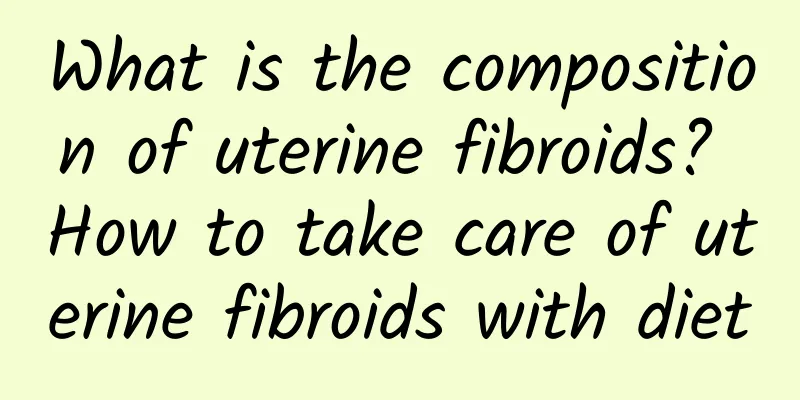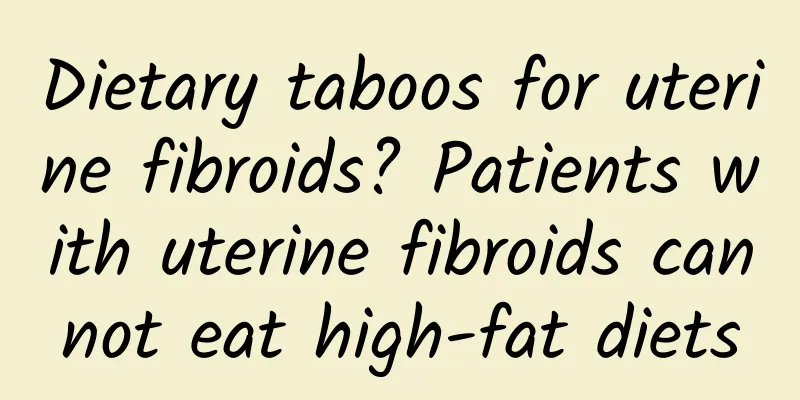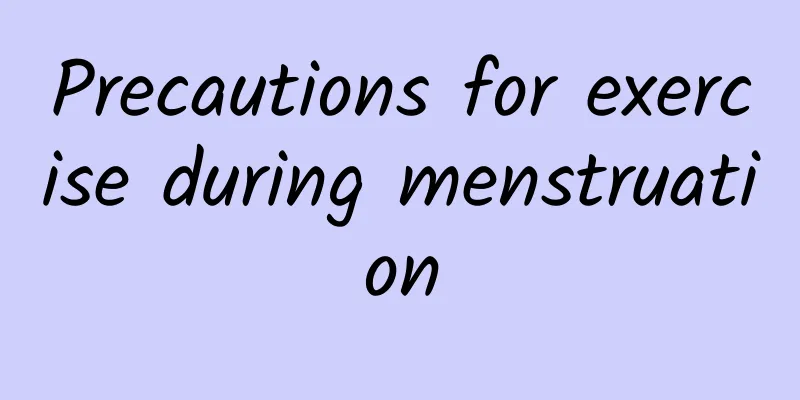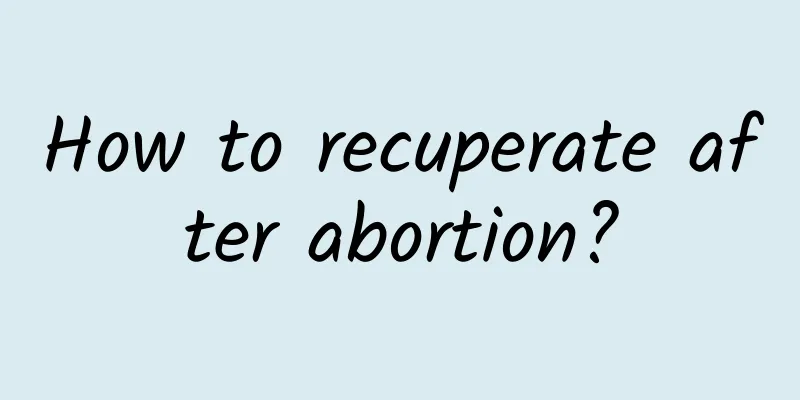Postpartum adhesions at the internal cervical os
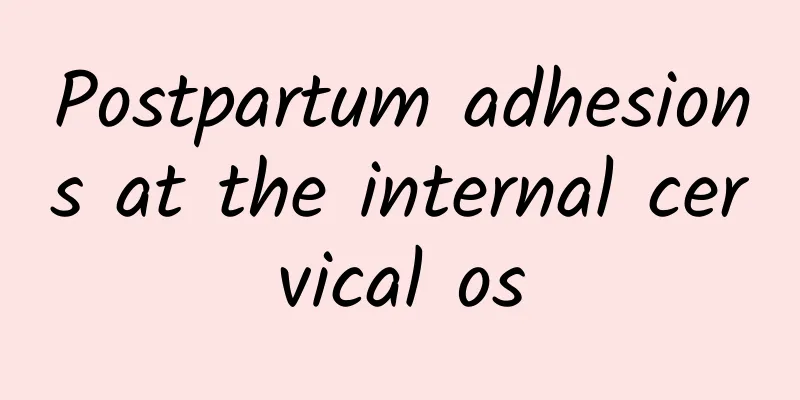
|
Postpartum adhesions at the internal cervical os are abnormal healing caused by damage to cervical tissue or inflammatory response during delivery, usually manifested as abnormal menstruation, abdominal pain or infertility. Treatments include medication, surgery and physical therapy, and the specific plan should be selected according to the severity of the condition. 1. Causes of postpartum adhesions at the internal cervical os During childbirth, cervical tissue may be damaged by mechanical injury, infection, or surgical procedures such as cesarean section. After injury, abnormal adhesions may occur in the mucosal layer at the internal cervical os during the healing process. Improper postpartum care, poor hygiene, or fluctuations in hormone levels may also aggravate the inflammatory response and lead to adhesion formation. Pathologically, mild adhesions may only manifest as local tissue thickening, while severe adhesions may lead to complete occlusion of the cervical canal. 2. Symptoms of adhesion at the internal cervical os after delivery Mild adhesions may not cause obvious symptoms and may only be discovered during a gynecological examination. Moderate to severe adhesions may cause decreased menstrual flow, dysmenorrhea, cyclical abdominal pain, or infertility. Some patients may also experience abnormal cervical discharge or discomfort during sexual intercourse. If the above symptoms occur, it is recommended to seek medical attention in a timely manner and confirm the diagnosis through ultrasound examination or hysteroscopy. 3. Treatment of postpartum adhesions at the internal cervical os Drug treatment: Commonly used drugs include antibiotics such as cephalosporins and amoxicillin to prevent infection, hormonal drugs such as estrogen ointment to promote mucosal repair, and anti-inflammatory drugs such as ibuprofen to relieve pain. Surgical treatment: For severe adhesions, hysteroscopic surgery can be used to separate the adhesion tissue and restore cervical patency. Surgical methods include cold knife separation, electrosurgical resection or laser treatment. Physical therapy: such as cervical dilation or local heat compresses, can help improve blood circulation and promote tissue repair. 4. Prevention and daily care After childbirth, you should pay attention to personal hygiene to avoid infection. Regular gynecological examinations should be conducted to detect and treat cervical inflammation in a timely manner. In terms of diet, eat more foods rich in vitamin C and protein, such as oranges and eggs, to enhance immunity. Appropriate exercise, such as walking or yoga, can help promote blood circulation and speed up recovery. Postpartum adhesions at the internal cervical os are a preventable and treatable disease. The key lies in early detection and standardized treatment. Through drug treatment, surgical intervention and daily care, most patients can recover. If related symptoms occur, seek medical attention in time to avoid delaying the disease. At the same time, postpartum women should pay attention to physical conditioning and maintain good living habits to prevent the occurrence of adhesions. |
<<: Should I treat an enlarged and smooth cervix?
>>: How to check if there is cervical erosion
Recommend
What are the dangers of pelvic effusion in women?
Pelvic effusion is one of the most common disease...
Detailed description of the specific manifestations of female adnexitis
Adnexitis is now a common female disease, but man...
Experts briefly analyze the examination methods of cervical hypertrophy
In order to correctly treat cervical hypertrophy,...
Matters needing attention in regulating irregular menstruation
Although irregular menstruation is a manifestatio...
Nursing record for threatened abortion
What should we pay attention to in the care of th...
Eat more and move less in winter. Learn 3 ways to get rid of fat
[Key Points]: In order to resist the cold, people...
To prevent dysmenorrhea, we need to find effective methods
Nowadays, more and more women are experiencing dy...
Causes and treatment of complications after artificial abortion
The treatment of complications after abortion is ...
How long does it take for cervical erosion to develop into cervical cancer?
If the patient shows moderate to severe cervical ...
The most typical symptoms of dysmenorrhea
During the menstrual cycle, dysmenorrhea is a ver...
Experts explain the causes of different degrees of cervical hypertrophy
Regarding cervical hypertrophy, many women want t...
Comprehensive analysis of methods for treating menopause
Today we will comprehensively analyze the methods...
What does artificial abortion include?
Artificial abortion refers to the termination of ...
What are the effects of taking contraceptive pills after abortion? There are 4 major effects
Many women who have an unexpected pregnancy will ...
Causes of chocolate cyst rupture
The rupture of a chocolate cyst is an unsettling ...


